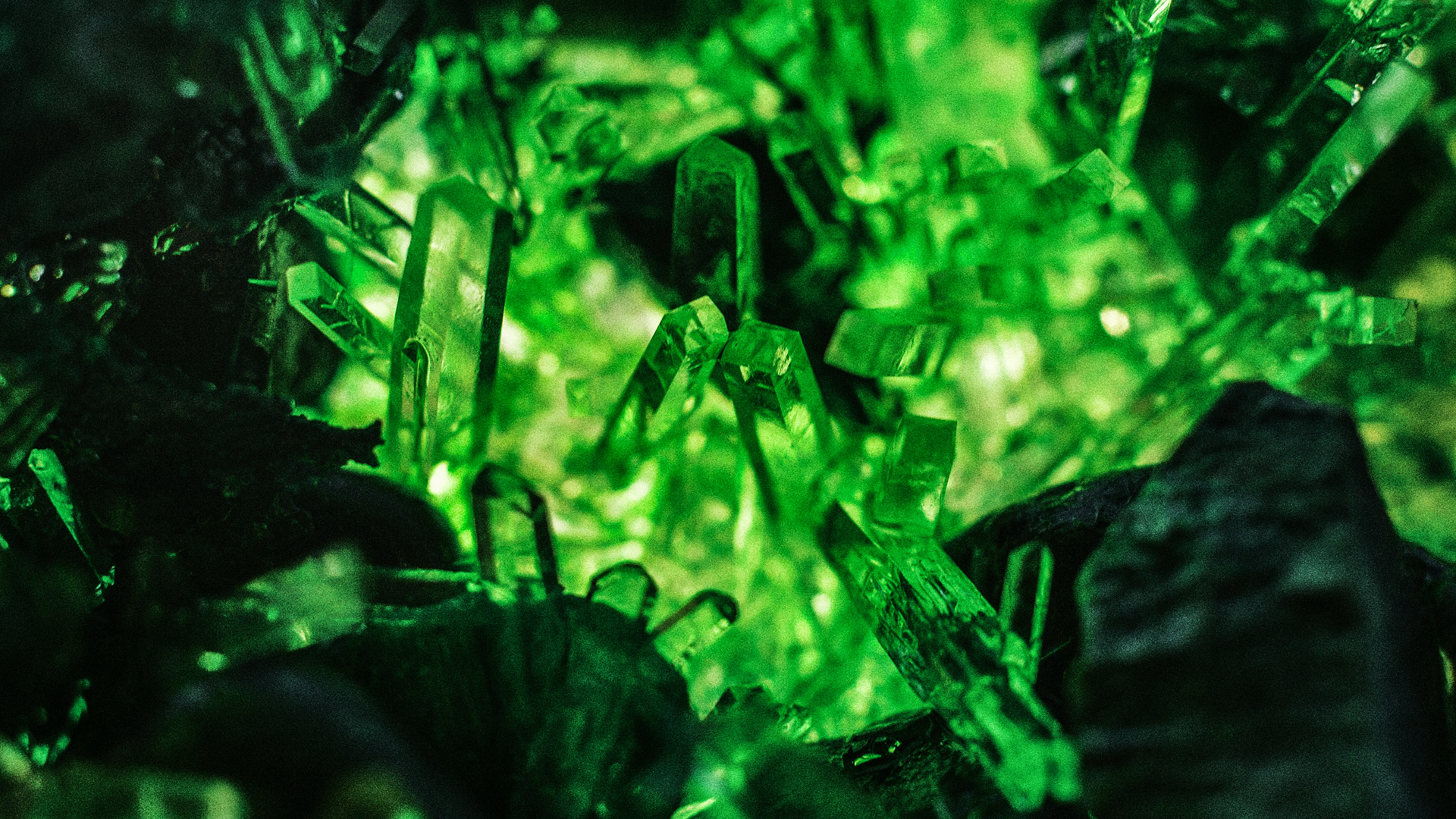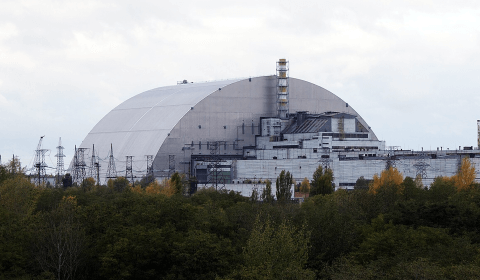As climate scientists search for feasible ways to remove carbon dioxide from our atmosphere, a plentiful type of rock called olivine – and the process of chemical mineralisation – is providing an exciting lead.
It’s looking increasingly likely that achieving our net zero goals will depend not only on green industry transitions, but also mobilising carbon capture methods to address our current mess.
To date, the most effective means of locking away atmospheric carbon involve utilising natural banks like kelp fields and wetlands, as well as underground and deep sea reserves.
There are companies currently injecting carbon into concrete and creating biodegradable polyester competitors from it, but this makes up a meagre percentage of the gas we’ve sequestered overall.
While the natural methods are most effective right now, the majority do, however, share a common (and significant) drawback. That is, if such ecosystems are to perish for any reason, sizable dumps of carbon will be released in a single instance and potentially cause marked shifts to our climate. That wouldn’t be good, obviously.
One natural solution that doesn’t come with this risk is chemical mineralisation, which involves locking carbon inside robust rock formations. Scientists have long searched for possibilities to utilise this on a widescale.
How does carbon mineralisation work?
Able to lock harmful carbon away safely for literally thousands of years, this chemical reaction is constantly occurring as rocks are weathered.
When porous rock types are exposed to carbon in the air, the gas will actually fill the pours and spark a molecular process which causes them to become a solid mineral (usually carbonate) at one with the rock. The only issue is once cavities are filled, the process stops happening effectively.
Because of this, up until recently, carbon mineralisation was never considered a particularly promising avenue to make a sizable dent in existing emissions. The quantity of rock that would need to be utilised in pollutant heavy regions would frankly be ridiculous.
So, why are climate scientists suddenly optimistic about carbon mineralisation again?
In the fight to improve carbon capture technology and reduce the rate of climate change, Project Vesta harnesses the ocean to absorb more carbon dioxide out of the air with the use of the rock olivine. @ewither talks to Kelly Erhart to find out more pic.twitter.com/vts3Zhp0Y6
— Reuters Business (@ReutersBiz) December 1, 2021




















